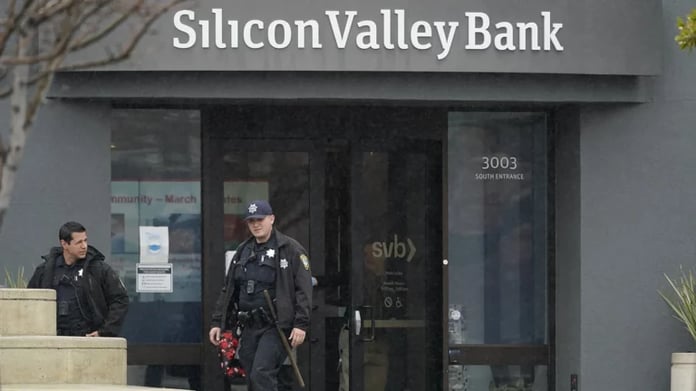According to the channel, on March 8, after an unsuccessful transaction with securities, the bank announced the sale of shares in the amount of 2.25 billion dollars to strengthen the balance sheet and compensate for losses. This caused panic among major venture capitalists, who advised their clients to withdraw money from the bank. The next day, SVB shares crashed 60%, noted Reuters. According to the agency, against this background, the ratings of other US banks also began to fall, which led to a record drop since mid-2020 in the S&P 500 Financials index – by 4.1%.
As a result, already on the morning of March 10, due to a sharp decline in stocks and an outflow of capital, the Californian regulator was forced to declare the bank bankrupt, without waiting for the closing of the stock exchanges, which usually occurs in the evening.
“SVB’s condition deteriorated so rapidly that the bank simply would not have survived until the end of the working day. Depositors were withdrawing their money at such a rate that the bank was becoming insolvent, under such conditions, closure became inevitable,” Dennis M. Kelleher, CEO of Better Markets, told CNN.
After the bankruptcy, the bank was placed under the supervision of the Federal Deposit Insurance Commission (FDIC), which will liquidate the assets to pay off the debts of depositors and creditors.
According to the chain, Silicon Valley Bank was one of the 20 largest American commercial banks and partnered with nearly half of all technology and medical companies in the United States. At the end of 2022, its total assets stood at $209 billion. SVB’s bankruptcy was the largest since the collapse of Washington Mutual in 2008, notes CNN.
Meanwhile, U.S. Treasury Undersecretary Wally Adeyemo said in a TV interview that despite the incident, U.S. authorities are “firmly confident in the stability of the U.S. financial system.”


